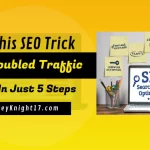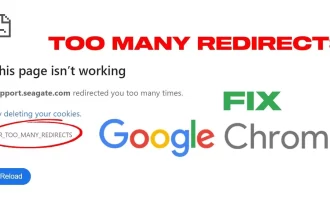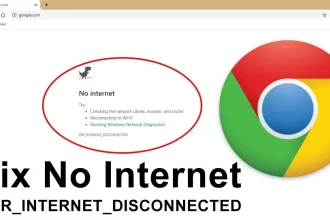Welcome to our comprehensive guide on “Want to Rank Higher on Google: Try These 10 Methods to Rank on the First Page Without Backlinks or Domain Authority.” If you’ve been searching for effective ways to boost your website’s ranking without relying on backlinks, you’re in the right place!
We’re here to share simple, easy-to-follow strategies that anyone can use. So, sit back, relax, and get ready to learn practical SEO methods that can transform your website’s visibility. Let’s get started on the journey to ranking higher on Google together!
10 Methods to Rank on the First Page

Ranking higher on Google without relying on backlinks or high domain authority may seem challenging, but it’s entirely possible. By using smart SEO strategies, you can optimize your website to get noticed by Google. Here’s how:
1. Focus on Long-Tail Keywords
Long-tail keywords are specific phrases that users type when they’re searching for detailed information. They usually have less competition and can help you rank faster.
Example: Instead of using “fitness tips,” try “easy fitness tips for beginners at home.”
2. Optimize for User Intent
User intent is what people are actually looking for when they type in a search query. Your content should match that intent to provide the best answers.
How to Optimize: Analyze the top-ranking pages for your target keyword and see what type of content they have. Match your content to meet that intent.
3. Write In-Depth, Quality Content
Google loves content that is detailed and provides real value to readers. Focus on creating high-quality articles that are easy to read.
Content Length: Aim for articles that are at least 1500-2000 words, but only if you can maintain quality.
4. Improve Your Website’s User Experience (UX)
Google considers user experience a significant ranking factor. Make your site easy to navigate and pleasant to use.
Example: A well-organized blog with simple menus and categories will keep visitors engaged.
5. Optimize On-Page SEO Elements
On-page SEO involves optimizing individual pages to help them rank higher. Here are the basics:
Example: For a post about “easy pasta recipes,” you could use “10 Easy Pasta Recipes” as your H1.
6. Use Structured Data (Schema Markup)
Structured data helps search engines understand your content better and can make your site appear more attractive in search results.
How to Add Schema: Use tools like Schema.org or plugins like Yoast SEO for WordPress.
7. Create Engaging Titles and Meta Descriptions
Your title and meta description are the first things users see on Google. Make them catchy and relevant to your content.
Example:
8. Use Internal Linking Smartly
Internal linking helps Google understand your site structure and keeps visitors on your website longer.
Example: If you write about healthy meals, link to related posts like “Quick Breakfast Ideas.”
9. Optimize Images for SEO
Images make your content engaging, but they also need to be optimized for SEO.
Example: Instead of using “IMG12345.jpg,” rename it to “healthy-smoothie-recipe.jpg.”
10. Focus on Content Freshness
Google prefers websites that regularly update their content. Here’s how to keep your content fresh:
Example: If you have an article about “Top SEO Tips for 2023,” update it with “2024” and add any new techniques.
Final Thoughts
Ranking on the first page of Google without backlinks or high domain authority is possible if you focus on user-friendly, high-quality content and follow these strategies. Start applying these methods today, and watch your site climb the rankings!
If you have any questions or need more help, feel free to leave a comment or share your experience. Good luck with your SEO journey!






